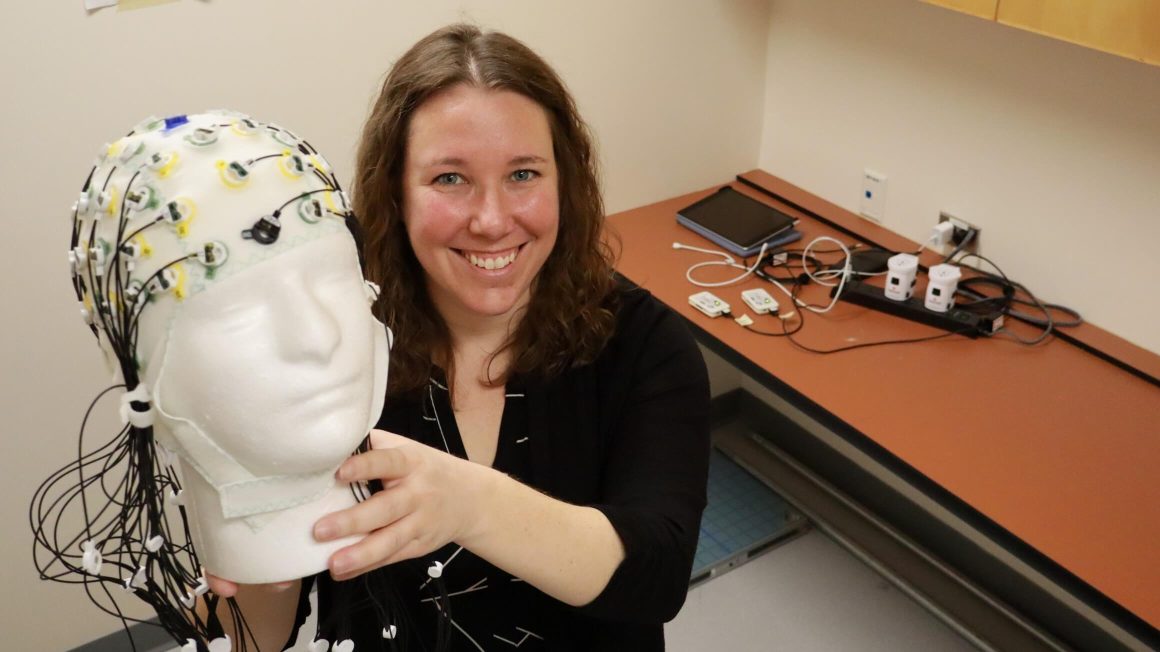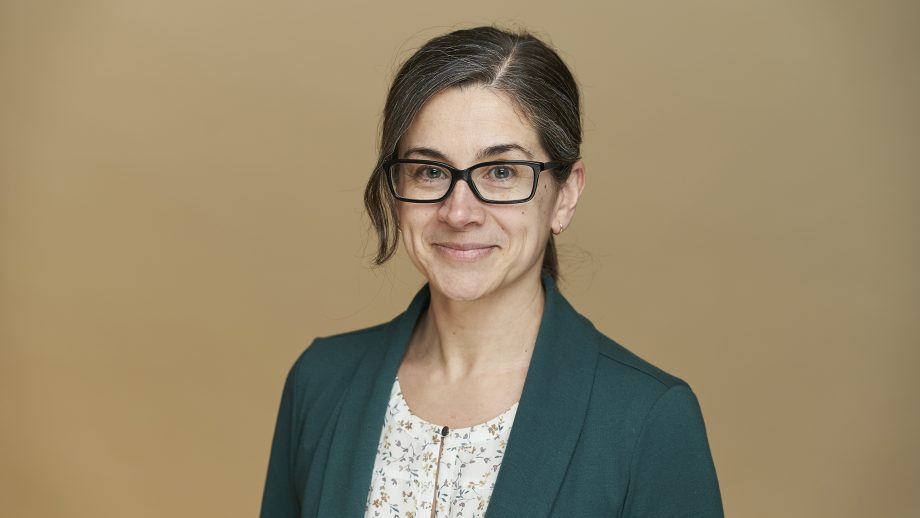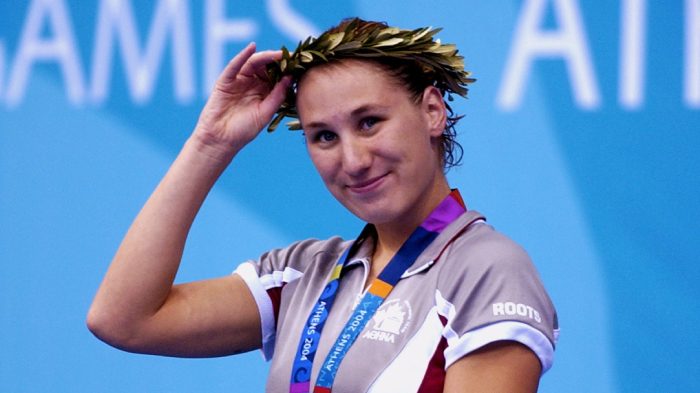Federal funding is enabling a University of Winnipeg researcher to carry out potentially lifesaving research into aging and balance that could help older adults prevent falls and stay active.
Dr. Natalie Richer, Assistant Professor in the Department of Kinesiology and Applied Health, is using a five-year NSERC Discovery Grant worth $192,500 to examine postural control and balance in adults over age 65. This includes the role sensory and motor changes play in fall rates.
Dr. Richer, who arrived at UWinnipeg in 2020 after a post-doctoral fellowship at the University of Florida, will build upon her PhD dissertation, which looked at attentional focus in research participants who were standing still. She will now examine attentional focus in participants who are engaging in dynamic balance while walking on a treadmill.
Over a third of adults over 65 will fall each year, and that proportion increases with each year.
Dr. Natalie Richer
Attentional focus is a self-conscious mindset that Dr. Richer likened to athletes “overthinking it” mid-match.
“If you concentrate too much on what you’re doing, you usually perform poorly,” she said.
It’s better to focus on an external cue, allowing muscle memory and automatic response to kick in. The same might apply to older adults avoiding falls.
“If we’re telling them to be careful, they might be focusing too much on their balance,” Dr. Richer said.
Sobering statistics
Falls are the leading cause of accidental death in those over age 65, Dr. Richer said. They are also a leading cause of injuries and reduced independence. Even the fear of falling takes a toll, prompting older adults to move less.
“Over a third of adults over 65 will fall each year, and that proportion increases with each year,” Dr. Richer said. “And after you’ve fallen once, you’re more likely to fall again. It’s a big problem and I’m basically trying to understand what changes in how we control our balance as we age.”
Can you say electroencephalography?
Electroencephalography, or EEG, is a powerful tool for examining how the brain is involved in balance control during walking and other daily activities.
“There’s a lot of brain-imaging methods out there, but most of them require you to be lying down and immobile, like in an MRI, so you can’t look at the balance aspect,” Dr. Richer said.
Dr. Richer’s participants will don a cap outfitted with electrodes that record electrical signals from the scalp. The resulting data pinpoints which brain areas are active during movement.
Research participants will be able to see the data in real time. They will be disrupted as they walk, and asked to focus internally and externally, to see which method helps them better maintain their balance.
The next step will be to develop ways to train older adults to use attentional focus to maintain balance. The preventative applications for this research are significant, especially for occupational therapists, home care workers, assisted living staff, and others who work with older adults on a regular basis.
By understanding how brain activity changes with healthy aging, Dr. Richer hopes her research can boost quality of life in older adults by delaying the decline in balance that typically accompanies aging.
Dr. Richer is one of 10 UWinnipeg researchers who received a total of more than $1.2 million in NSERC (Natural Sciences and Engineering Research Council of Canada) funding last summer.





